Hamptons gem: a creative legacy lives on in Elaine de Kooning’s house
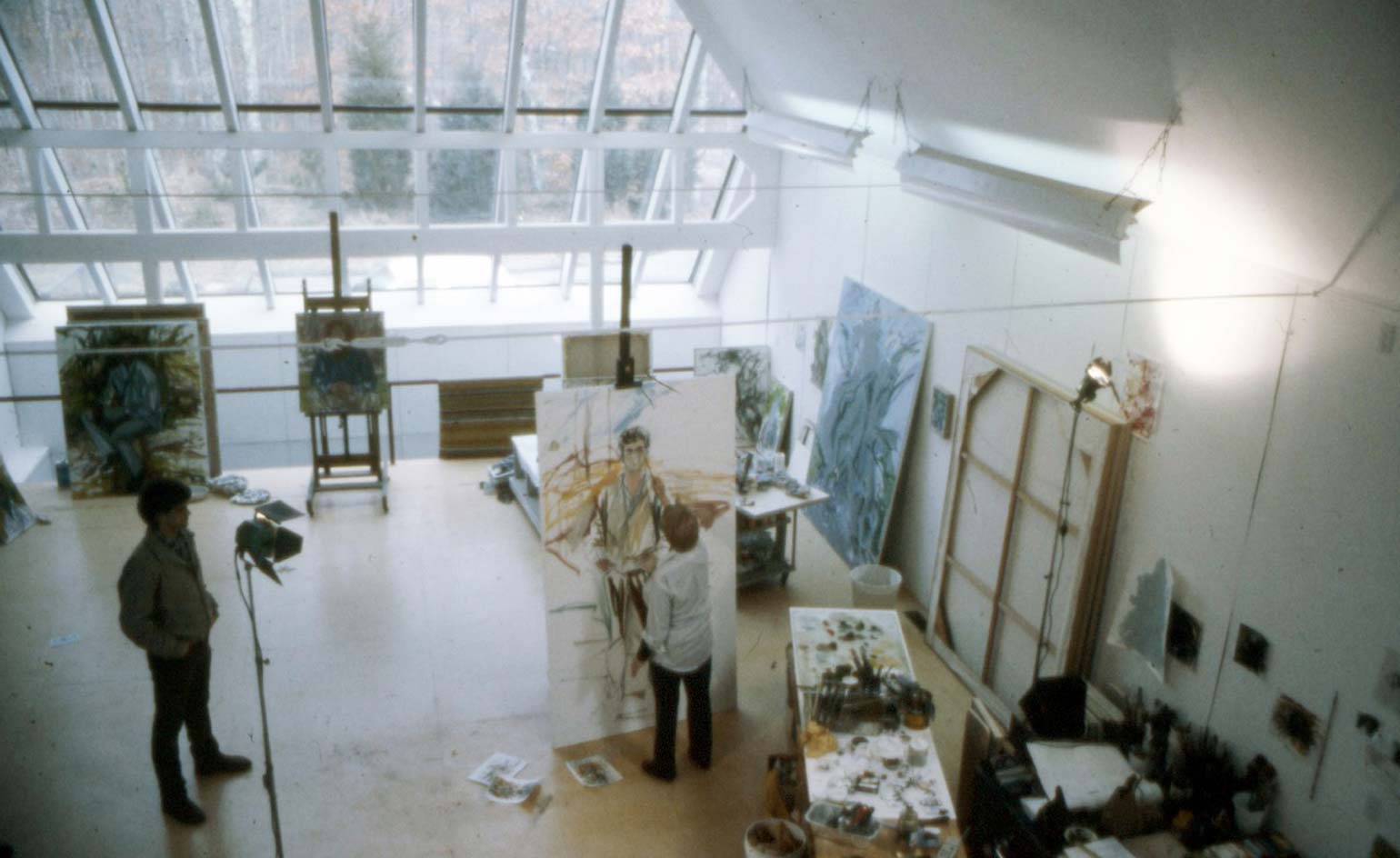
Over on Alewive Brook Road in East Hampton, there is a simple saltbox structure and studio with a provenance steeped in art. Artist Elaine de Kooning purchased the home in 1975 while she was reconciling with her husband Willem de Kooning. She added a sunroom and studio that would end up being the location where she would paint her last series of works, Bacchus and Cave Walls. When de Kooning passed away at age 70 in 1989, sculptor John Chamberlain purchased the house and lived there for around five years in the 1990s, creating his crushed car metal sculptures in the driveway.
The bucolic seaside location of the Hamptons has always been a place conducive for producing art; Robert Motherwell, Jackson Pollock, Lee Krasner, Mark Rothko and Andy Warhol all made work there, and when Chris Byrne, an art advisor and co-founder of the Dallas Art Fair, saw that the home was on the market in 2011, he envisioned a future where its new owners would forget its association with the art world, so he bought it. 'I was motivated by the house's history,' says Byrne. Since purchasing the house in 2010, he has made renovations, painstakingly preserving each of the modifications its former owners added.
'You get the feeling that anywhere in the house could be used to set up a portrait or make painting,' he says, noting that Willem also worked out of the house. Thus, Byrne turned the home into the location for an unofficial artist’s residency, inviting artists he knows to create work there.
Lizzi Bougatsos, Jonah Freeman and Justin Lowe, Liz Markus, Scott and Tyson Reeder, John Riepenhoff, and Michael Williams are among the artists who have turned the de Kooning house into a temporary home and work space since 2011. There’s no formal application process for artists who are interested in participating in the residency there. 'The process has been completely organic; visiting artists and friends have recommended artists as well as proposed specific installations and projects for the space,' Byrne explains.
Byrne plans to keep de Kooning’s work as a mentor and teacher to young artists alive by continuing to cultivate creativity within the home. 'I’ve come to really respect her range of activities and generosity,' he says. 'My hope is to continue to make the space available to artists, curators and writers.'

The saltbox house was where de Kooning produced her last body of work before her death in 1989.
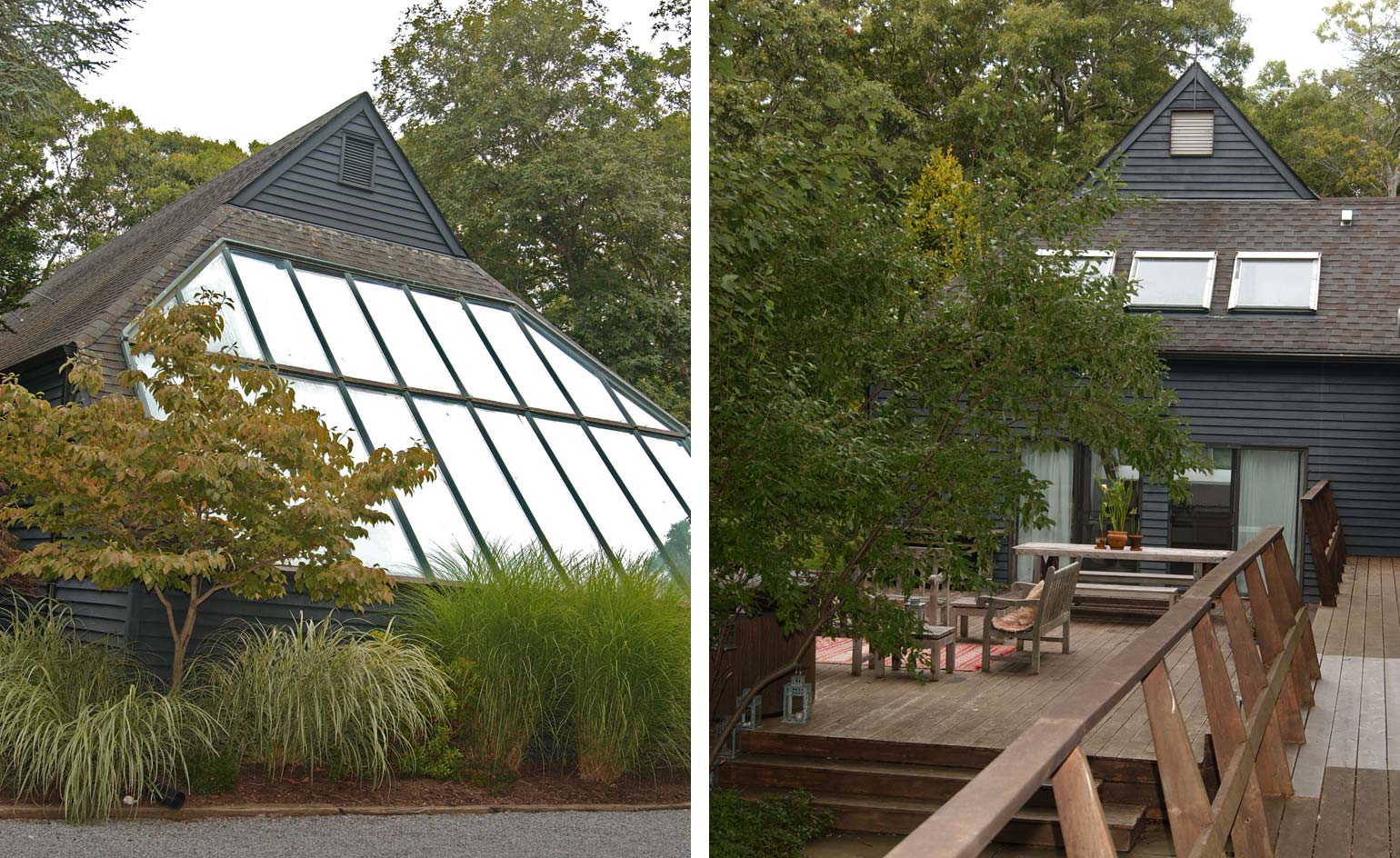
Art advisor and curator Chris Byrne bought the house in 2010 and has since transformed it into an unofficial artist's residency.
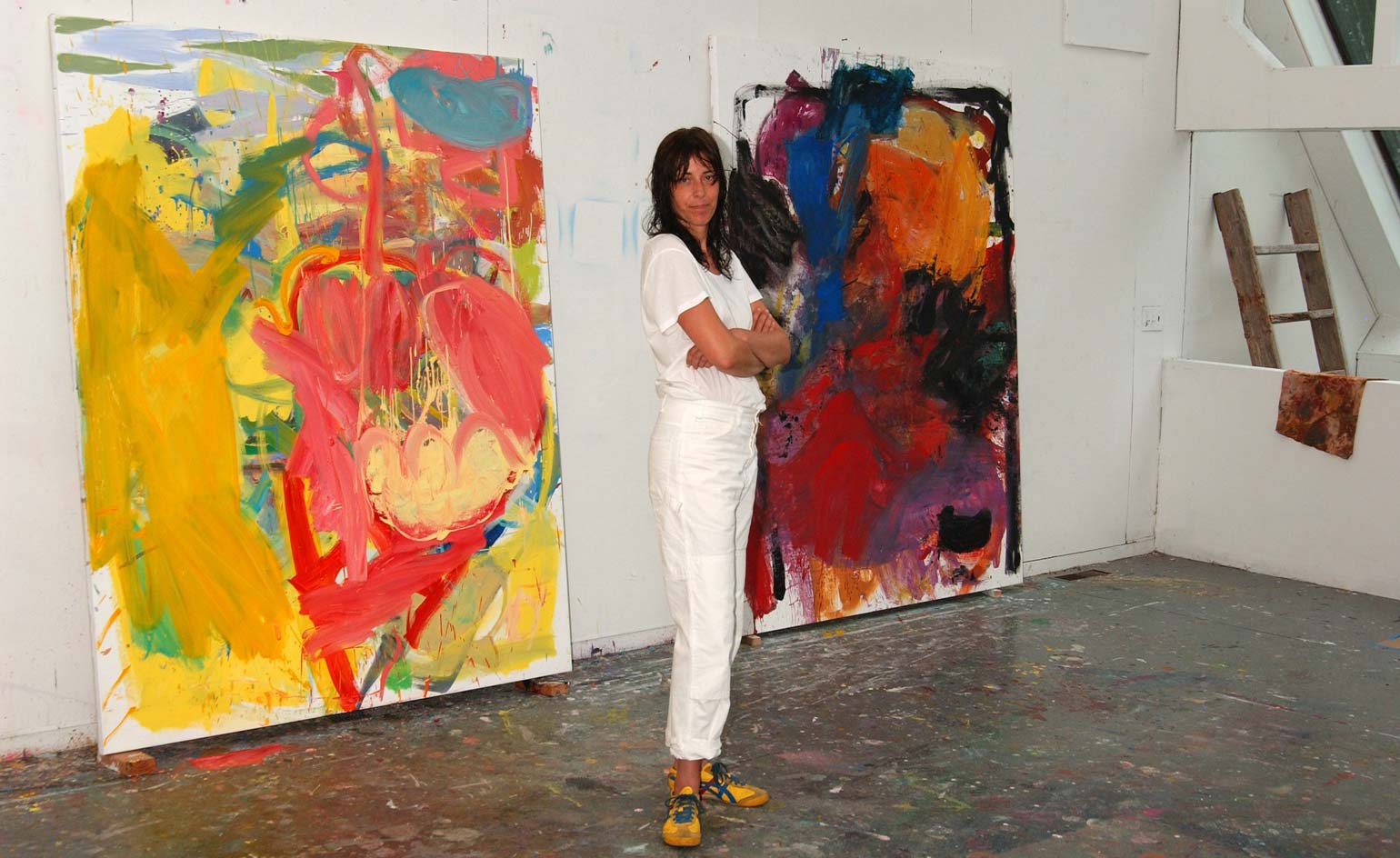
Lizzi Bougatsos, Jonah Freeman and Justin Lowe and Liz Markus are among the artists who have lived and worked at the house. 'The process has been completely organic; visiting artists and friends have recommended artists as well as proposed specific installations and projects for the space,' said Byrne. Pictured: Anke Weyer and her work.
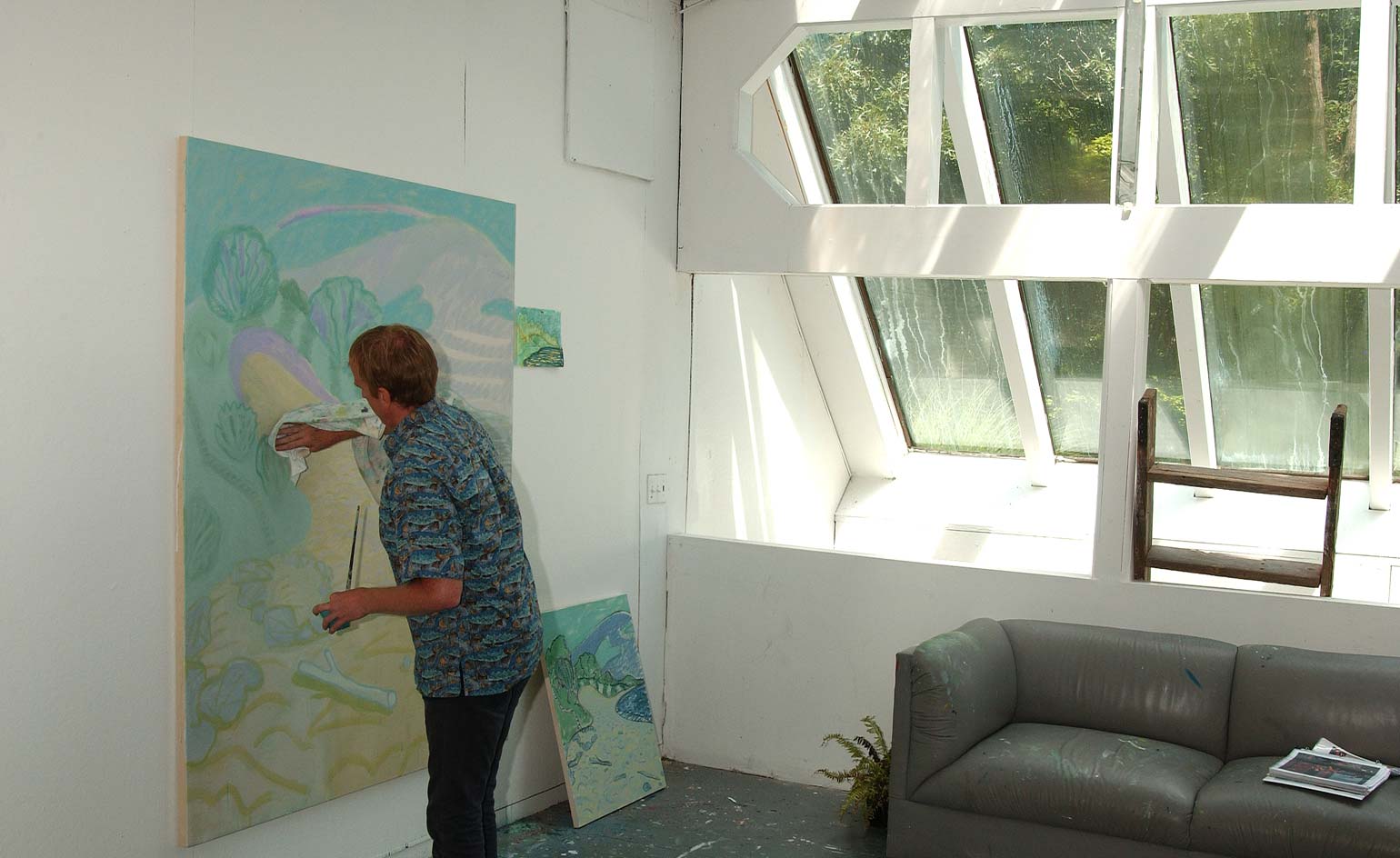
'I was motivated by the house's history,” said Byrne. 'You get the feeling that anywhere in the house could be used to set up a portrait or make painting.' Pictured: Tyler Reeder at work.
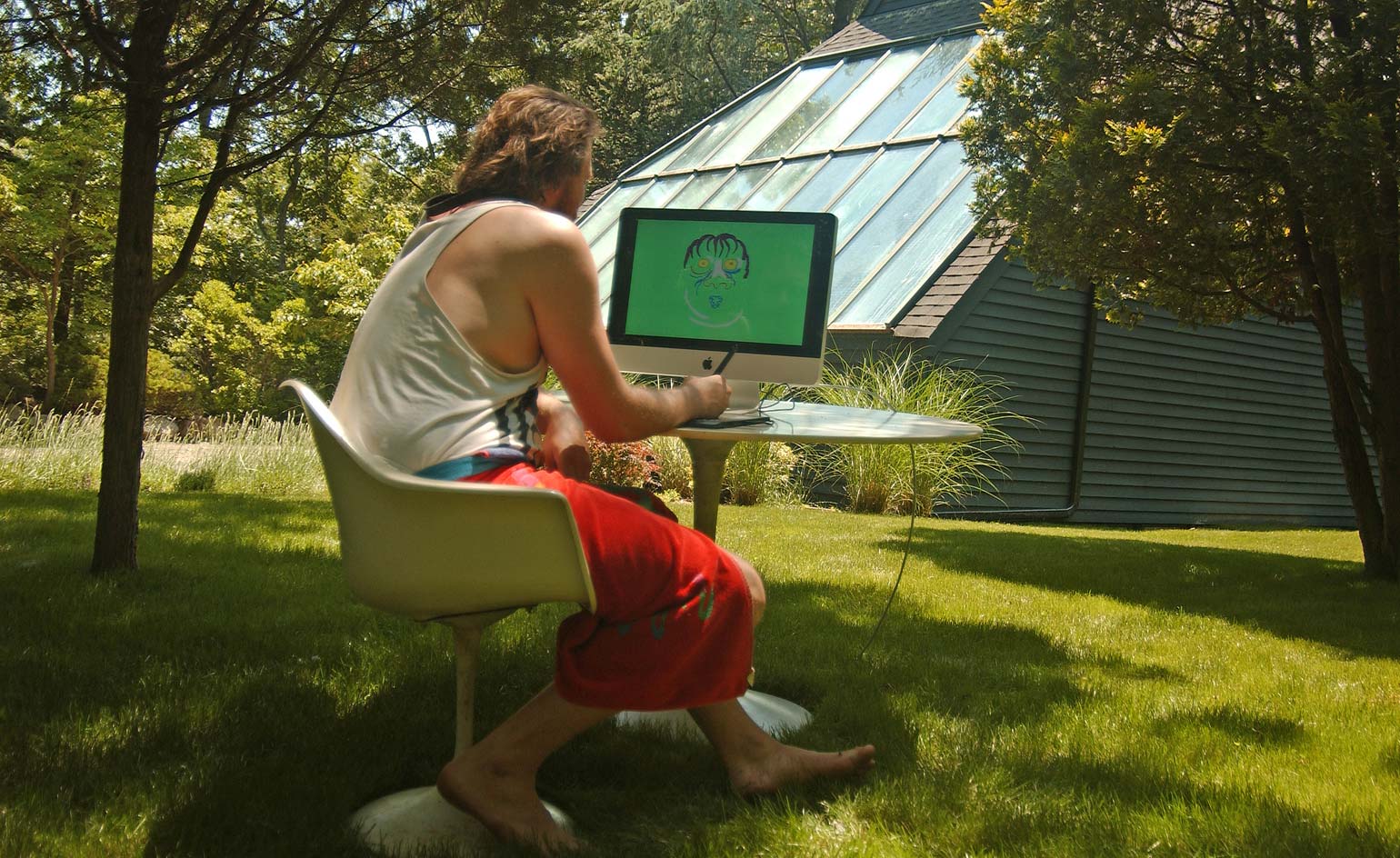
Artist Michael Williams takes his work out onto the grounds.
Receive our daily digest of inspiration, escapism and design stories from around the world direct to your inbox.
Ann Binlot is a Brooklyn-based freelance writer who covers art, fashion, design, architecture, food, and travel for publications like Wallpaper*, the Wall Street Journal, and Monocle. She is also editor-at-large at Document Journal and Family Style magazines.
-
 Vigilante’s 1979 Jeep Wagoneer features luxury trim, modern muscle and elevated styling
Vigilante’s 1979 Jeep Wagoneer features luxury trim, modern muscle and elevated stylingTexan restomod master Vigilante has created a new take on the classic Jeep Wagoneer, transforming the 1970s family SUV into a sleek, architectural powerhouse
-
 Australian studio Cordon Salon takes an anthropological approach to design
Australian studio Cordon Salon takes an anthropological approach to designWallpaper* Future Icons: hailing from Australia, Cordon Salon is a studio that doesn't fit in a tight definition, working across genres, techniques and materials while exploring the possible futures of craft
-
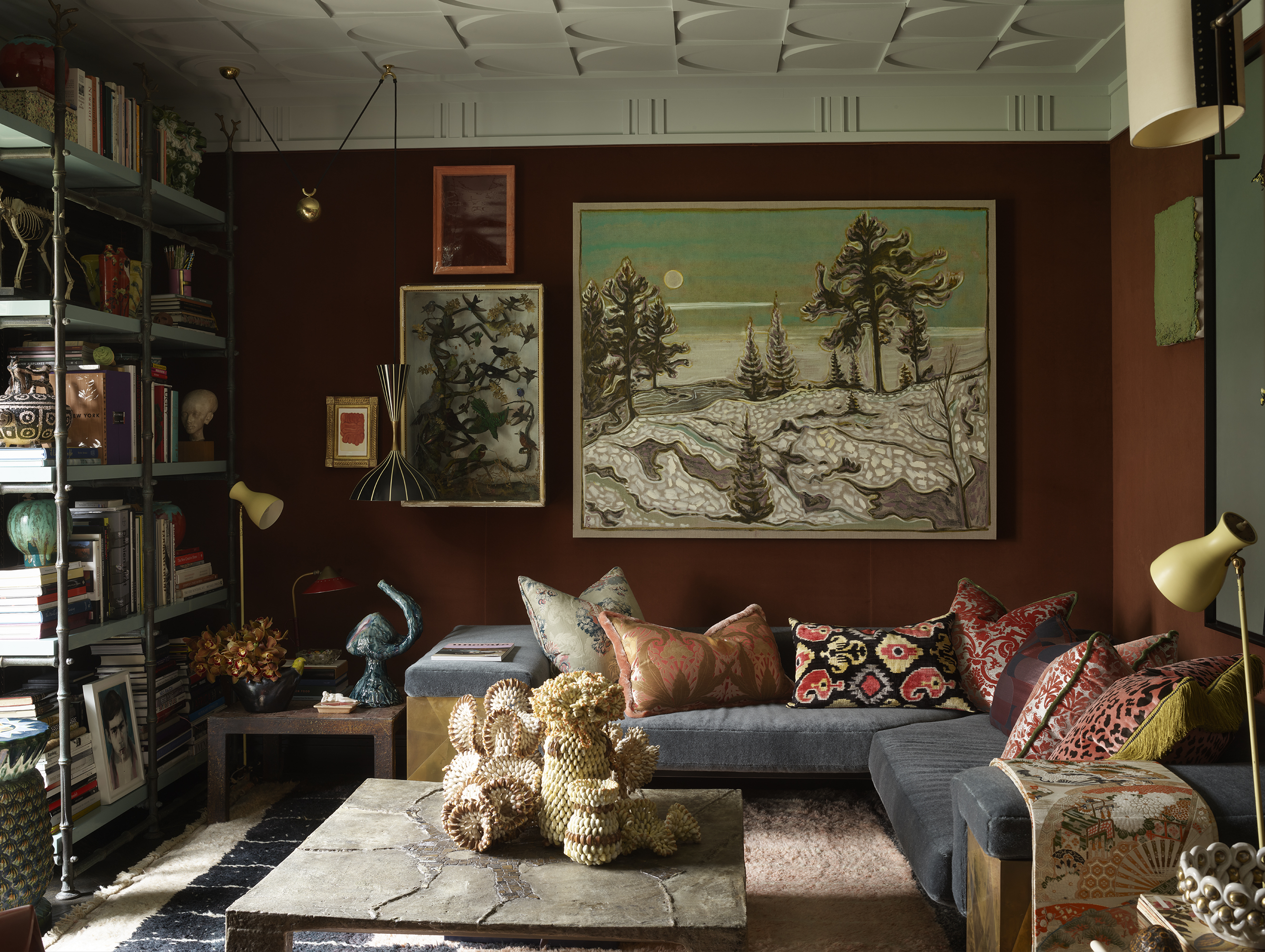 This designer’s Shoreditch apartment is ‘part grotto, part cabinet of curiosities’
This designer’s Shoreditch apartment is ‘part grotto, part cabinet of curiosities’The apartment serves as Hubert Zandberg’s ‘home away from home’, as well as a creative laboratory for his design practice. The result is a layered, eclectic interior infused with his personality
-
 Nadia Lee Cohen distils a distant American memory into an unflinching new photo book
Nadia Lee Cohen distils a distant American memory into an unflinching new photo book‘Holy Ohio’ documents the British photographer and filmmaker’s personal journey as she reconnects with distant family and her earliest American memories
-
 Out of office: The Wallpaper* editors’ picks of the week
Out of office: The Wallpaper* editors’ picks of the weekIt’s been a week of escapism: daydreams of Ghana sparked by lively local projects, glimpses of Tokyo on nostalgic film rolls, and a charming foray into the heart of Christmas as the festive season kicks off in earnest
-
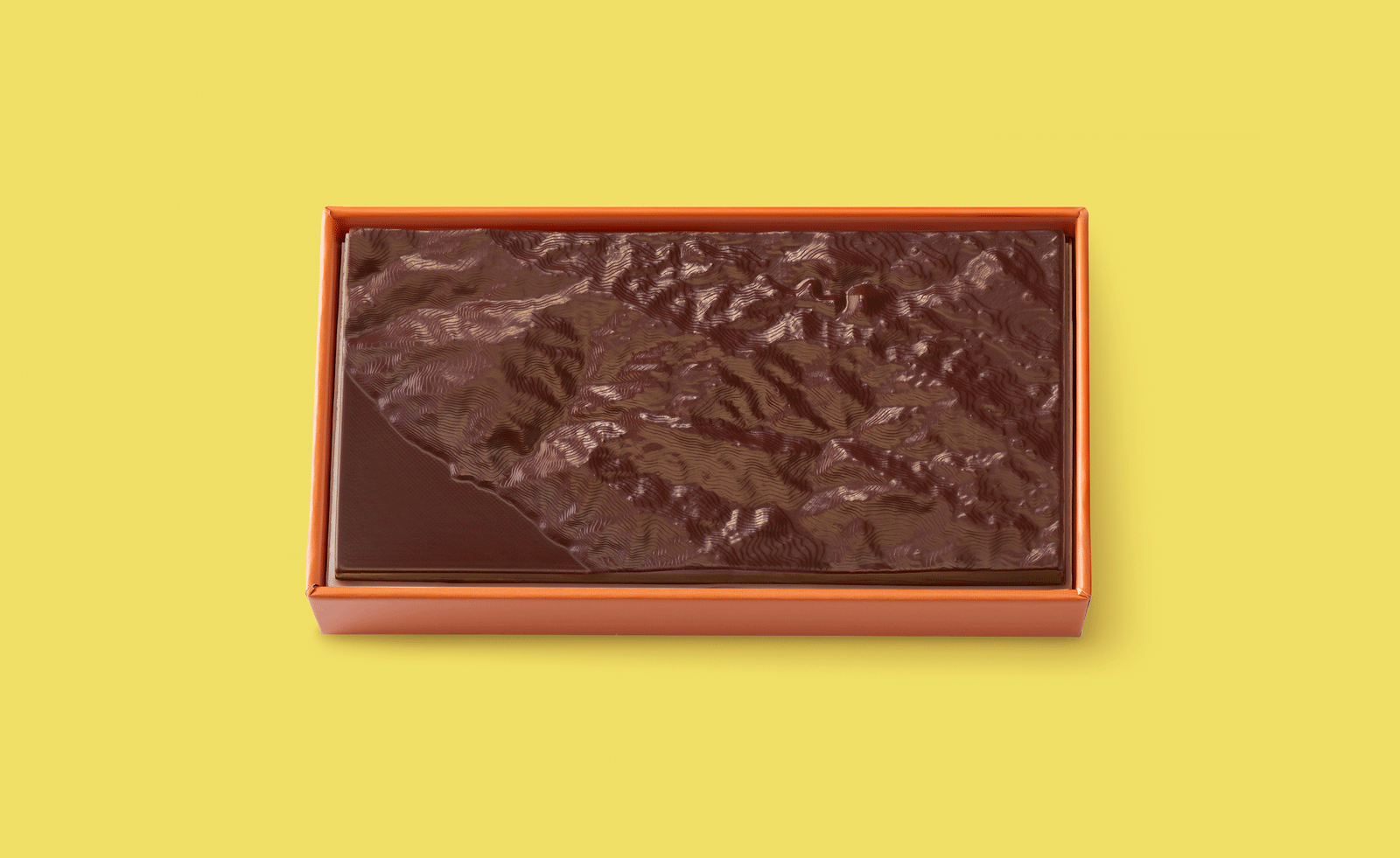 Ed Ruscha’s foray into chocolate is sweet, smart and very American
Ed Ruscha’s foray into chocolate is sweet, smart and very AmericanArt and chocolate combine deliciously in ‘Made in California’, a project from the artist with andSons Chocolatiers
-
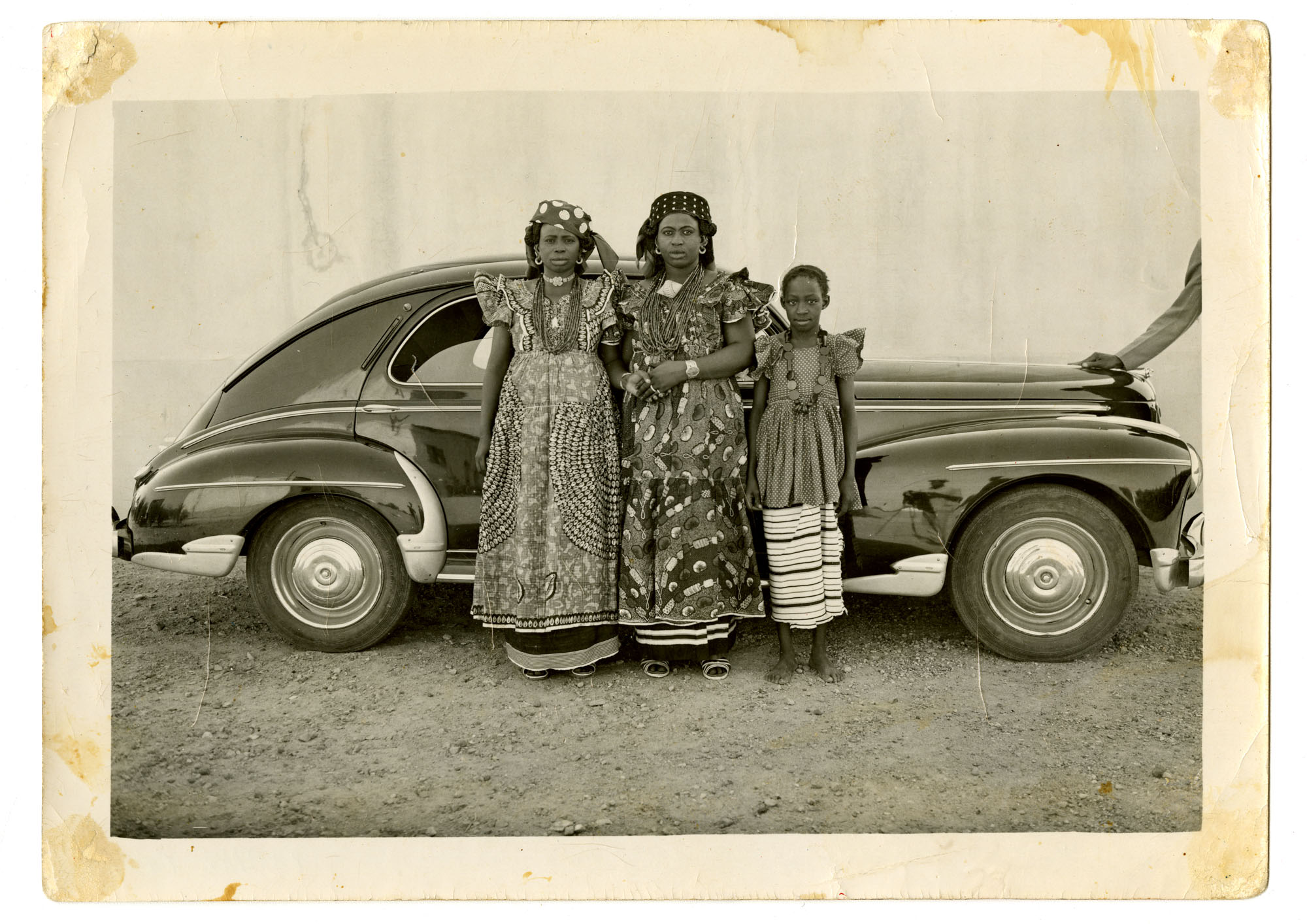 Inside the work of photographer Seydou Keïta, who captured portraits across West Africa
Inside the work of photographer Seydou Keïta, who captured portraits across West Africa‘Seydou Keïta: A Tactile Lens’, an exhibition at the Brooklyn Museum, New York, celebrates the 20th-century photographer
-
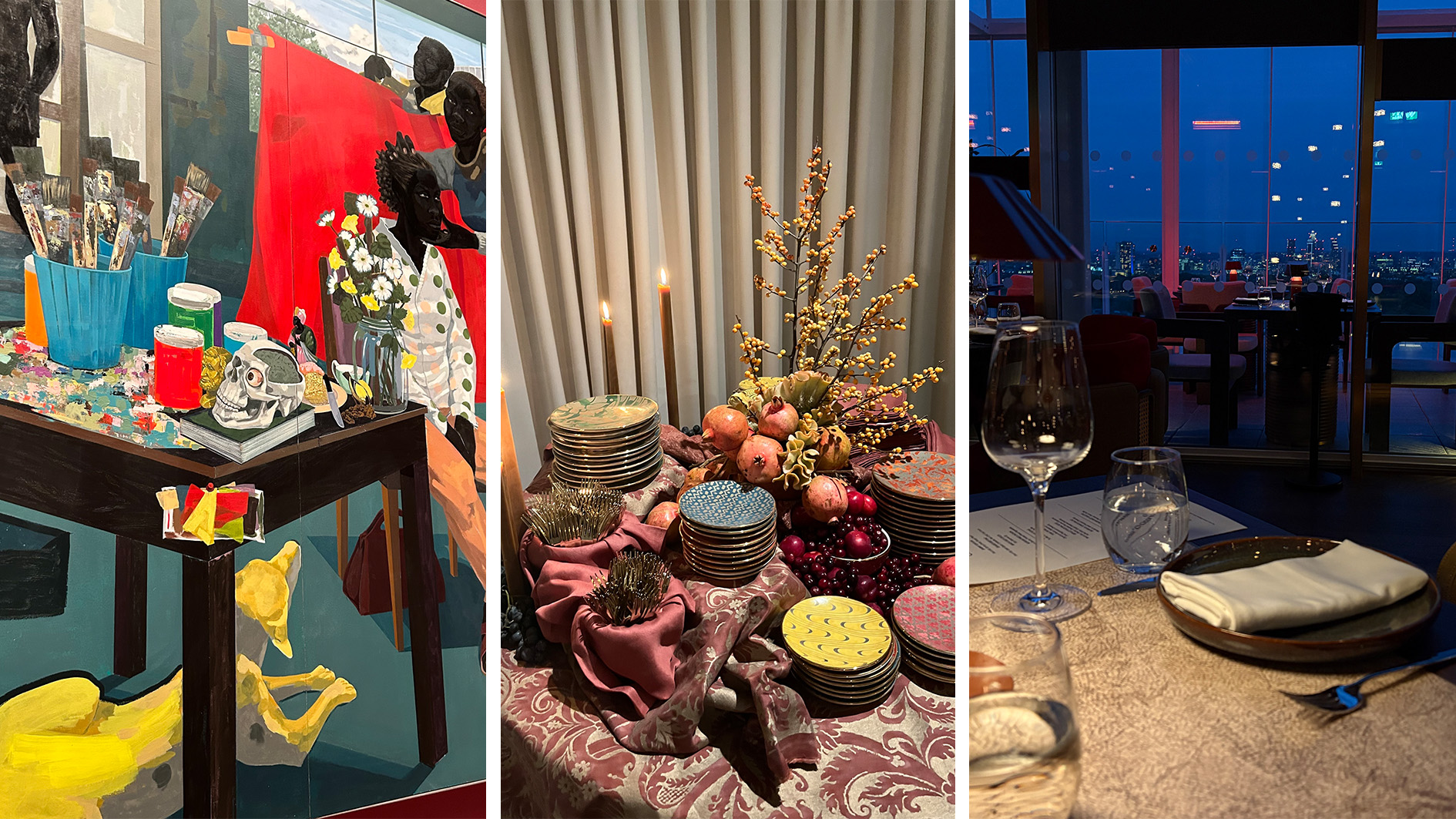 Out of office: The Wallpaper* editors’ picks of the week
Out of office: The Wallpaper* editors’ picks of the weekFrom sumo wrestling to Singaporean fare, medieval manuscripts to magnetic exhibitions, the Wallpaper* team have traversed the length and breadth of culture in the capital this week
-
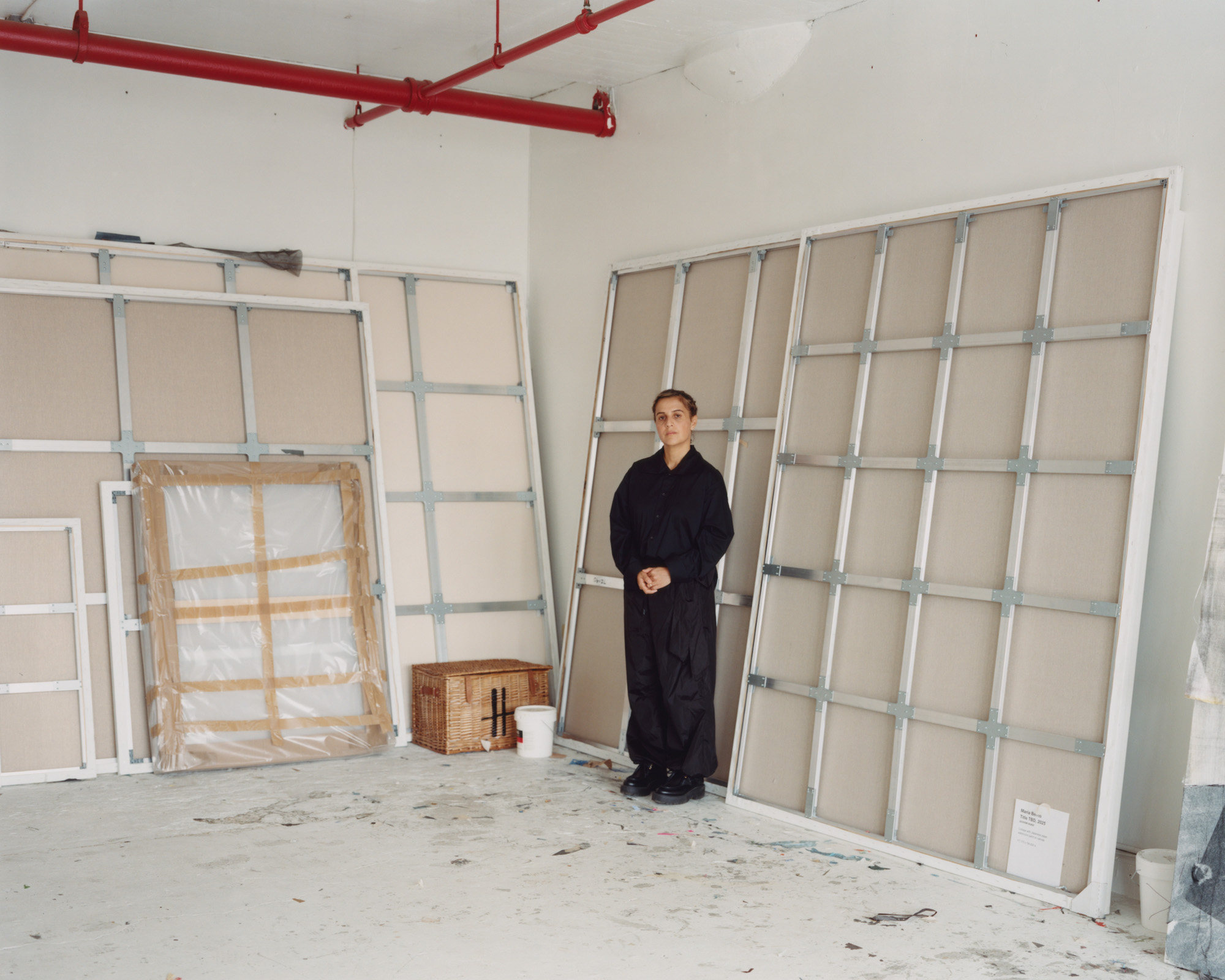 María Berrío creates fantastical worlds from Japanese-paper collages in New York
María Berrío creates fantastical worlds from Japanese-paper collages in New YorkNew York-based Colombian artist María Berrío explores a love of folklore and myth in delicate and colourful works on paper
-
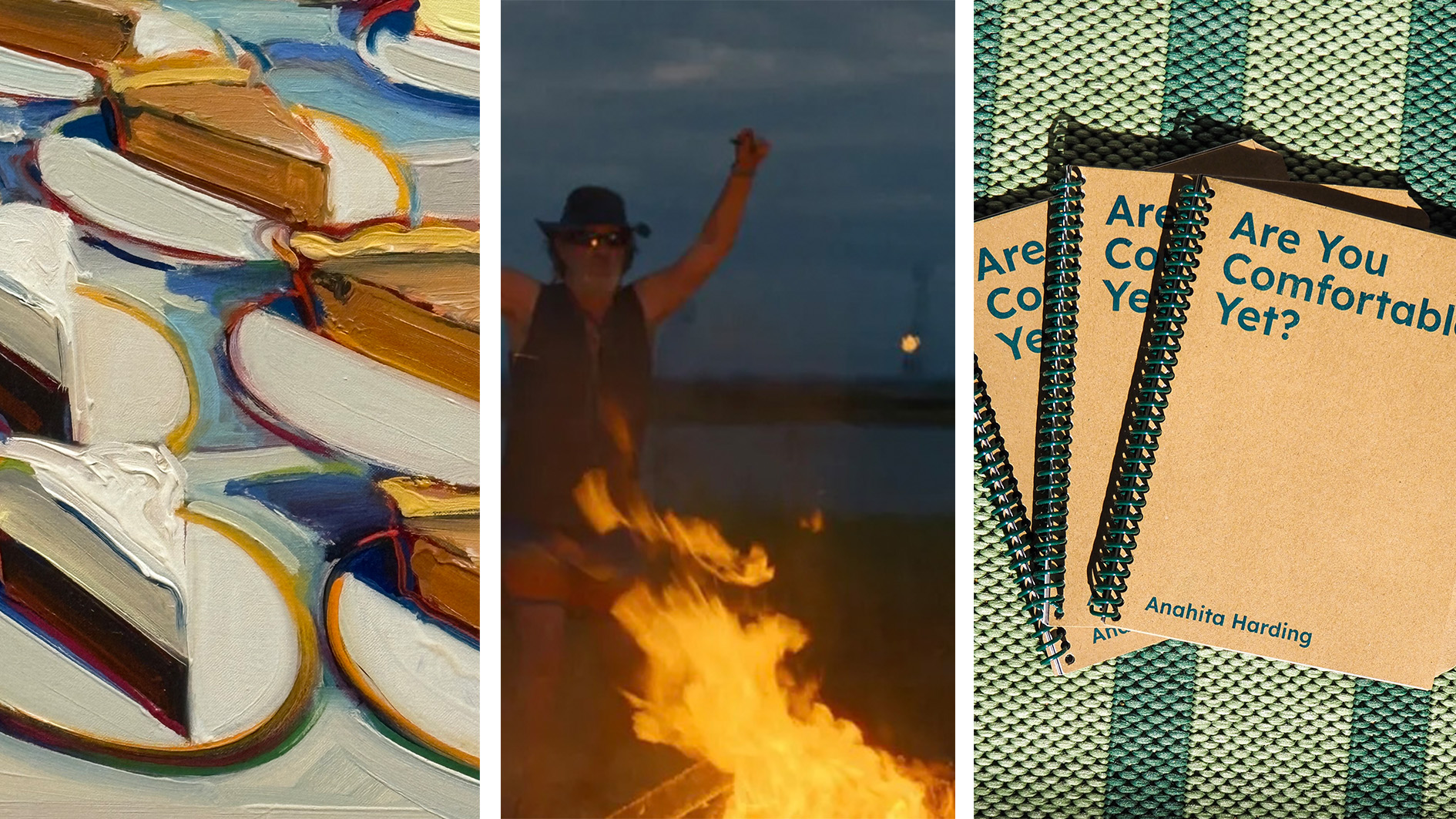 Out of office: the Wallpaper* editors’ picks of the week
Out of office: the Wallpaper* editors’ picks of the weekAs we approach Frieze, our editors have been trawling the capital's galleries. Elsewhere: a 'Wineglass' marathon, a must-see film, and a visit to a science museum
-
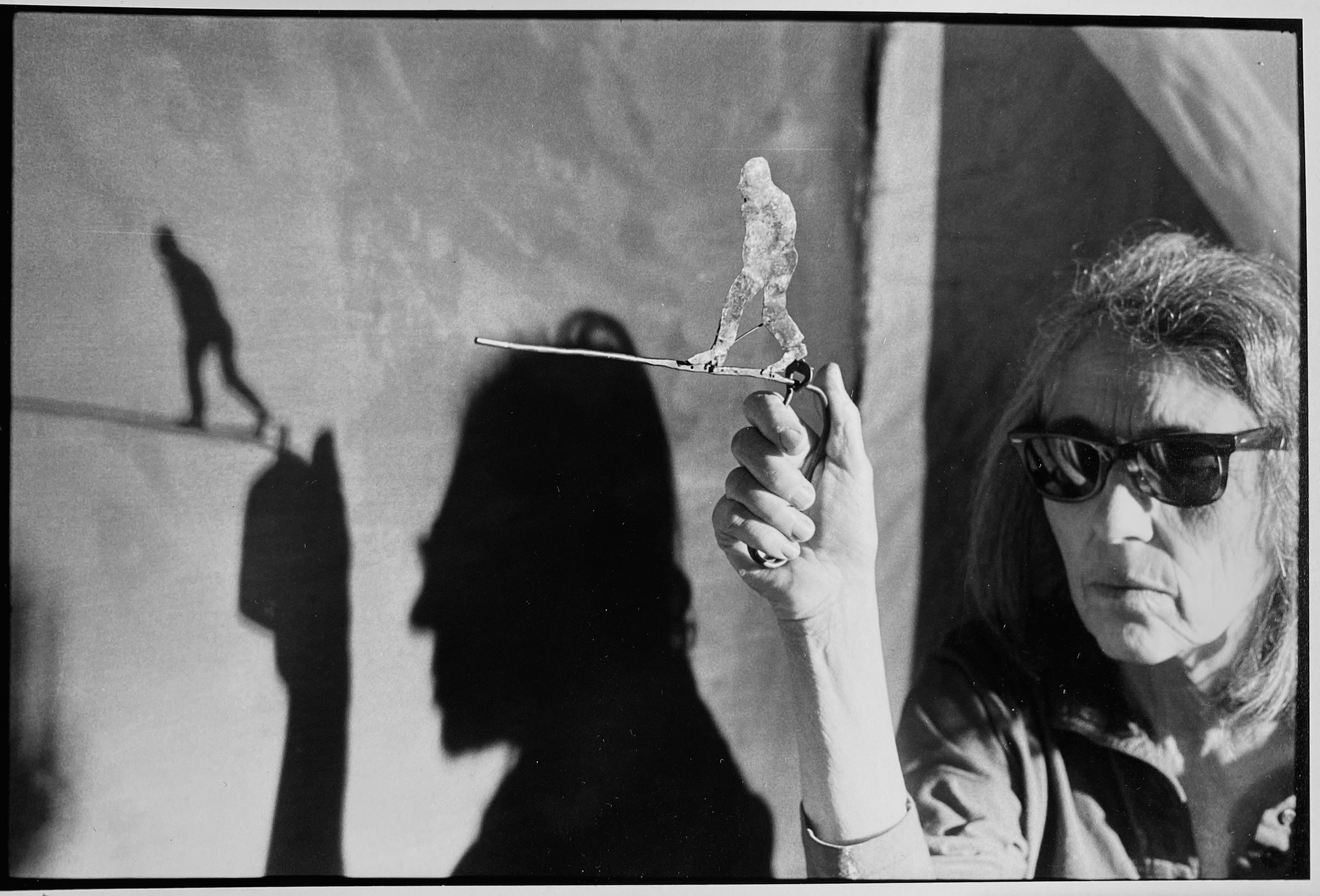 June Leaf’s New York survey captures a life in motion
June Leaf’s New York survey captures a life in motionJune Leaf made art in many forms for over seven decades, with an unstoppable energy and fierce appetite leading her to rationalise life in her own terms.